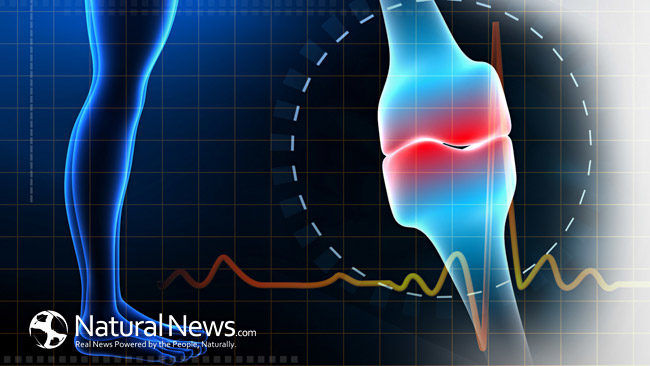Mom always said to drink our milk so we can have strong bones. Our bones are constantly being broken down and then replaced. Osteoporosis is the condition that prevents this bone regeneration from happening in a timely matter, so new bone isn’t built in time to keep up with the removal of old bone. This causes what bone is left in existence to be weak and brittle. Bone loss silently prays on its victims, giving away no clues at first that this problem is occurring in the body.
In severe cases, even coughing can cause a bone to fracture. Falls become highly dangerous with the potential of bone fractures to the hips, spine, and/or wrist.
By about age 20, our bones have developed and grown to their peak. Youth works in one’s favor when it comes to bone health because the body is full speed ahead at making new bone even faster than the old bone is broken down. As we age, this process reverses and we lose bone mass faster than we can rebuild it. The teenage years are a period that bone is built and stored in the reserve. When we age, we make withdrawals from this reserve. The more we have in our storage container, the less likely we are to develop osteoporosis in our older years.
The symptoms aren’t exactly smacking someone in the face. However, some indications that could warrant seeing a doctor include poor posture, loss of height, back pain, and bones that seem to break much easier than they ought to. Besides aging, other risks for osteoporosis include gender, as women are more susceptible, family history, being petite or having a small body frame, as well as being Caucasian or Asian. Certain medical conditions can also increase risk including cancer, lupus, arthritis, IBS (inflammatory bowl disease), and celiac disease. Tobacco use and excessive alcohol consumption have been linked to weak bones. Being sedentary also increases risk. Hormonal imbalances are related to osteoporosis. Menopause has a tremendous impact in women, due to lower levels of estrogen. Men also have a reduction in testosterone levels as they age but not as gaping as women do. Having low calcium levels is a threat to your bone health. Bone density decreases. Eating disorders can escalate this lack of nutrients.
Weight bearing exercises, i.e. resistance training, is a great preventative tool to improve bone health. This will help will better posture and balance. Exercise is medicine. Weight management is key as both being underweight and overweight increase risk. Protein is the building block for bone health, so meeting your body’s dietary needs is important. Adding to this, calcium and vitamin D are crucial. As we age, we need about 1,200 milligrams of calcium per day which can come from dairy, green vegetables, and fish (to name a few sources). Vitamin D helps us absorb this calcium. The sun the best resource for this.
Our body frame is the collection of our bones. Our skeletal system needs good bone health for muscle functioning and movement. We might not be able to go back in time and deposit more bone into the reserve, so moving forward we need to exercise, eat right, and be sure to get a little sunshine. Age doesn’t have to equate to a decline in your height and posture. Stand up tall, embrace the beauty of age and wisdom, and lift a few weights while you are at it.
Updated List of High Journal Impact Factor Osteoporosis Journals (omicsonline.org)
Osteoporosis: Current Concepts (nih.gov)








